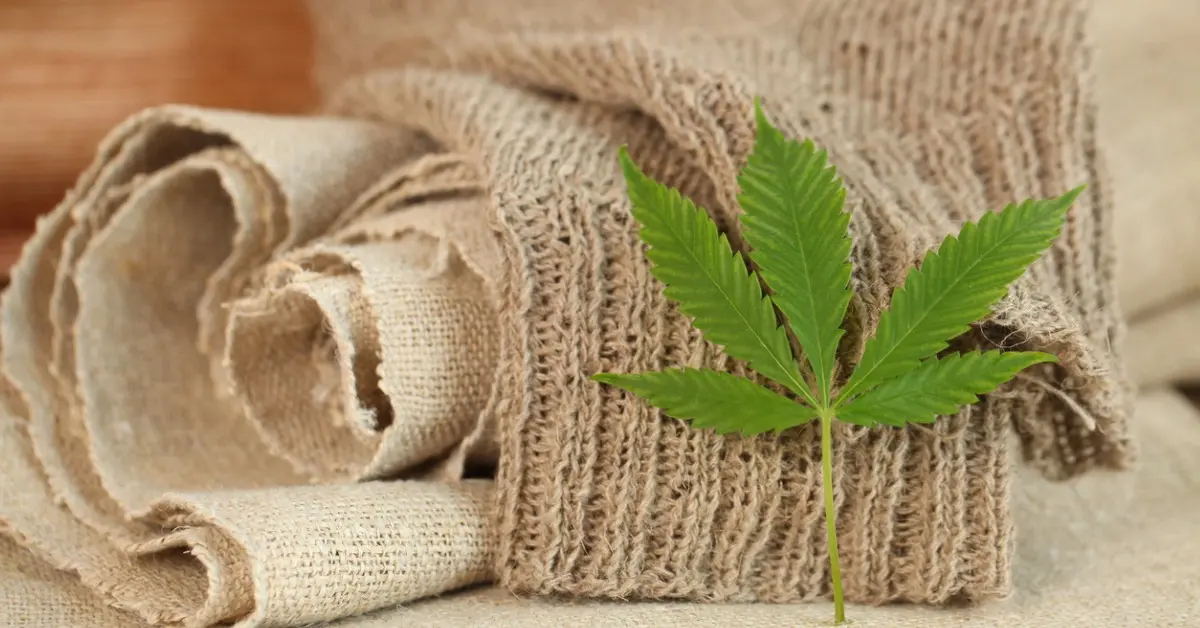Hemp Clothing Market Projected to Reach $23 Billion by 2031, Finds Report
The hemp clothing industry is experiencing a resurgence, emerging as a key player in the textile sector due to its sustainability and eco-friendly attributes, according to recent research. A press release from Allied Market Research on March 26 revealed that the global hemp clothing market is poised for substantial growth over the next decade. With a market value of $2.29 billion in 2021, it’s projected to skyrocket to $23.02 billion by 2031, reflecting a compound annual growth rate (CAGR) of 27.1%.

Analysts from Allied Market Research highlighted the compelling reasons behind the hemp boom, beyond its inherent breathability and durability.
“Hemp fabric requires less water, chemical fertilisers, pesticides, and herbicides than other fabrics,” the report notes. “It has a lower carbon footprint than many other crops because it is effective at removing carbon dioxide from the environment. In a growing season, one acre of hemp will absorb 10 to 15 tonnes of CO2, which is equal to the typical annual CO2 output of one person.”
The eco-friendly aspects of hemp extend beyond textiles, with hemp seeds finding utility in various applications.
“Hemp is up there on the list of eco-friendly textiles and fibres with jute, organic cotton, flax (linen), and bamboo,” the report explains. “Animal bedding and insulation can be made out of hemp fibre from the stem and hemp seed, respectively. Hemp is also good for the soil. If hemp was originally planted in a field, the production of maize from that field will be higher. Following the harvest of hemp, it’s also a good idea to sow wheat and barley. Some producers are trying to get hemp and cannabis growing certified as organic because of all the potential environmental advantages.”
Moreover, changing consumer habits, characterized by increased clothing purchases and shorter garment lifespans, have spotlighted the fashion industry’s environmental impact, driving the demand for sustainable alternatives.
“According to studies on consumer behaviour, between 2000 and 2014, the average customer purchased 60% more clothing, yet they only maintained each item for half as long,” the report reveals. “The sobering facts showing the amount of pollution and harm to our rivers, oceans, and atmosphere the fashion industry is responsible for have been in the spotlight.”
While the hemp fiber market’s trajectory mirrors that of the broader hemp industry, particularly in light of increasing legalization efforts, hemp-derived cannabinoids face a different regulatory landscape. Nonetheless, with advancements in hemp cultivation and evolving consumer preferences, the hemp clothing market is poised for sustained growth in the years to come.
